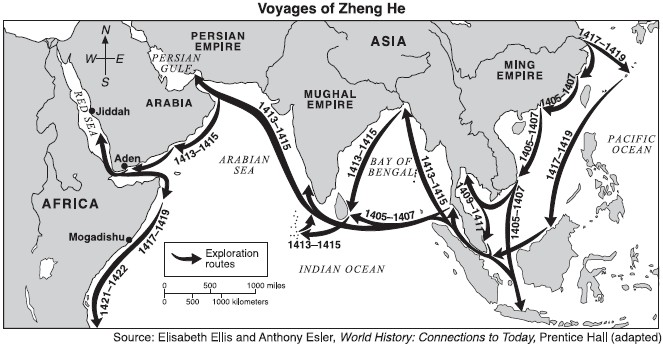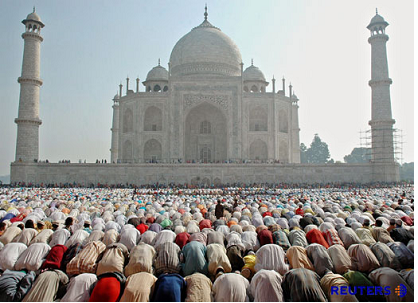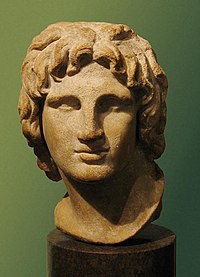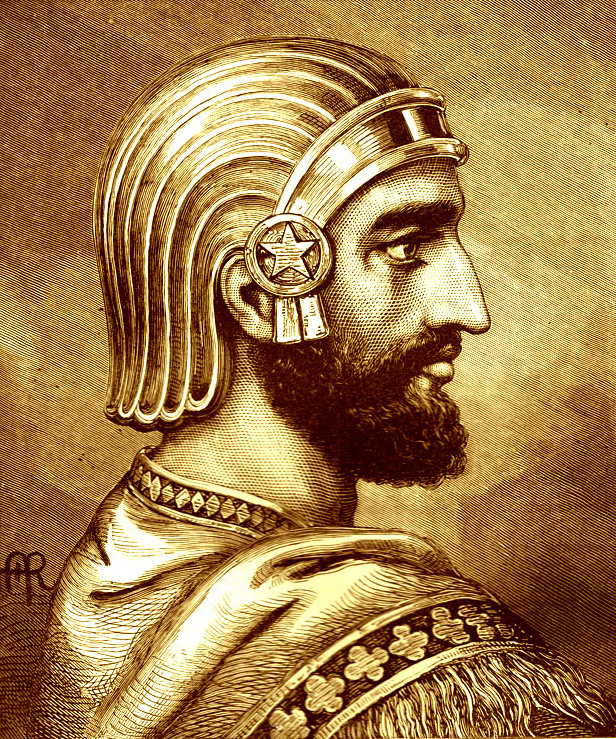1. Explain the origins of the caste system
- The origins of the caste system in India and Nepal are shrouded, but it seems to have originated some two thousand years ago. Under this system, which is associated with Hinduism, people were categorized by their occupations. Although originally caste depended upon a person's work, it soon became hereditary. Each person was born into an unalterable social status.
2. What does the Aryan term “varna” means?
- The meaning of the word "Varna" is not class or status but skin color.
3. Briefly explain or identify who was in each of the four main varnas
- The Brahmins: scholars, teachers, priests and sages.
- The Kshatriya: kings, soldiers, and rulers.
- The Vaishyas: merchants, cattle herders and agriculturists
- The Shudras: laborers, craftsmen and artisans.
4. What was the fifth varna that was eventually added and what was their role in society?
- The people of this "fifth varna" are now called Dalits (the oppressed) or Harijans; they were formerly known as "untouchables" or "pariahs". However, this last addition social stratum is not a part of the religion of Hinduism.
5. What does the term “jati” mean?
- Jati means that a Hindu caste or distinctive social group of which there are thousands throughout India; a special characteristic is often the exclusive occupation of its male members.; A Hindu caste system; also, any of the subcastes of this system.
6. What were some of the general rules of jati?
- The jati was effectively a system similar to guilds, and was associated with occupation or tribe or sect. For example, as a general rule goldsmiths, carpenters and barbers form separate communities could, and cannot intermingle. Along with this, members of Jati are forbidden from changing from their caste, or community to another.
7. What was the punishment for violating these rules?
- Expelled from the jati
8. What was the believed benefit of having castes and jatis in Aryan society?
- Caste system served as an important instrument of order in a society in which mutual consent rather than compulsion ruled; where the ritual rights as well as the economic obligations of members of one caste or sub-caste were strictly circumscribed in relation to those of any other caste or sub-caste. Also caste system played an influential role in shaping economic activities and ensuring the division of labor.
9. What were the “Upanishads”?
- The Upanishads are philosophical texts considered to be an early source of Hindu religion.; The Upanishads form the core of Indian philosophy. They are an amazing collection of writings from original oral transmissions, which have been aptly described by Shri Aurobindo as "the supreme work of the Indian mind
10. Explain the term “Brahman”
- In Hinduism, Brahman is the one supreme, universal Spirit that is the origin and support of the phenomenal universe. Brahman is sometimes referred to as the Absolute or Godhead which is the Divine Ground of all being. Brahman is conceived as personal ("with qualities"), impersonal ("without qualities") and supreme depending on the philosophical school.
11. Explain the term “samsara”
- Sansara is a Sanskrit and Pali term, which translates as "continuous movement" or "continuous flowing" and, in Buddhism, refers to the concept of a cycle of birth, and consequent decay and death, in which all beings in the universe participate, and which can only be escaped through enlightenment.
12. Explain the term “karma”
- Karma in Indian religions is the concept of "action" or "deed", understood as that which causes the entire cycle of cause and effect originating in ancient India and treated in Hindu, Jain, Buddhist and Sikh philosophies.
13. What was “moksha” and what two things were required in order to attain it?
- The spiritual goal of a Hindu is to become one with Brahma. This freedom is referred to as moksha. Until moksha is achieved, a Hindu believes that he/she will be repeatedly reincarnated in order that he/she may work towards self-realization of the truth; the release of the soul (Atman) from the cycle of rebirth. The individual soul (Atman) unites with Brahman the universal soul. There are different ways to Moksha.
- 1. Spiritual - involves acquiring spiritual knowledge through yoga and meditation. devotion to god
- 2. Working selflessly for the good of society.
14. Briefly explain how the Upanishads explained the caste system.
- Upanishads Closely connected with the caste system was the idea, derived from Hindu religious beliefs, that the individual soul would be reincarnated, or reborn into a new life in this world.










